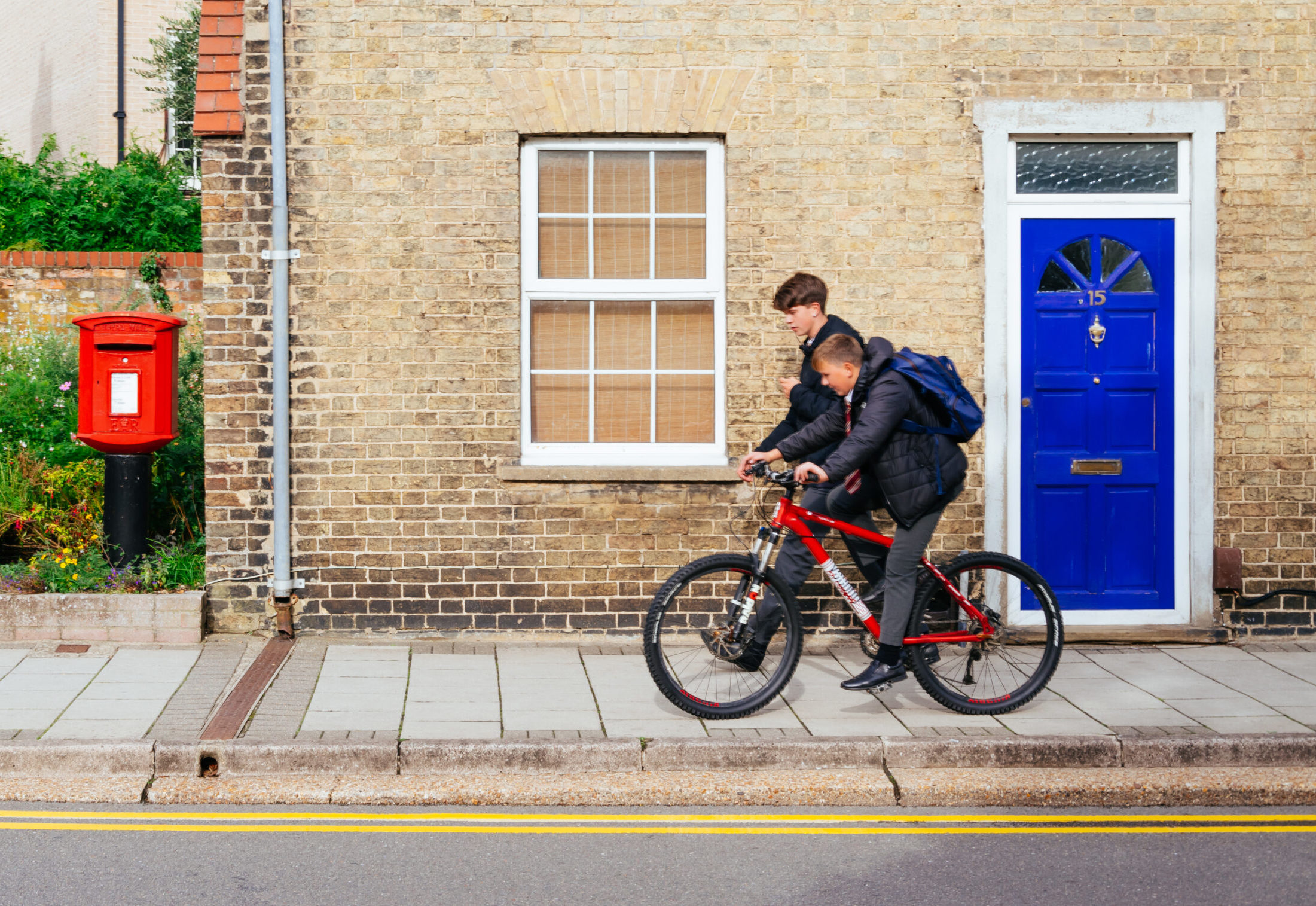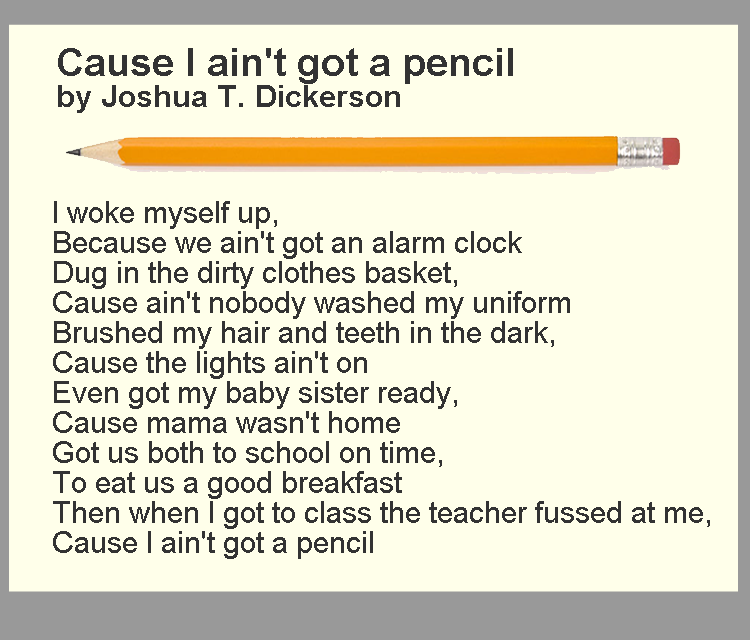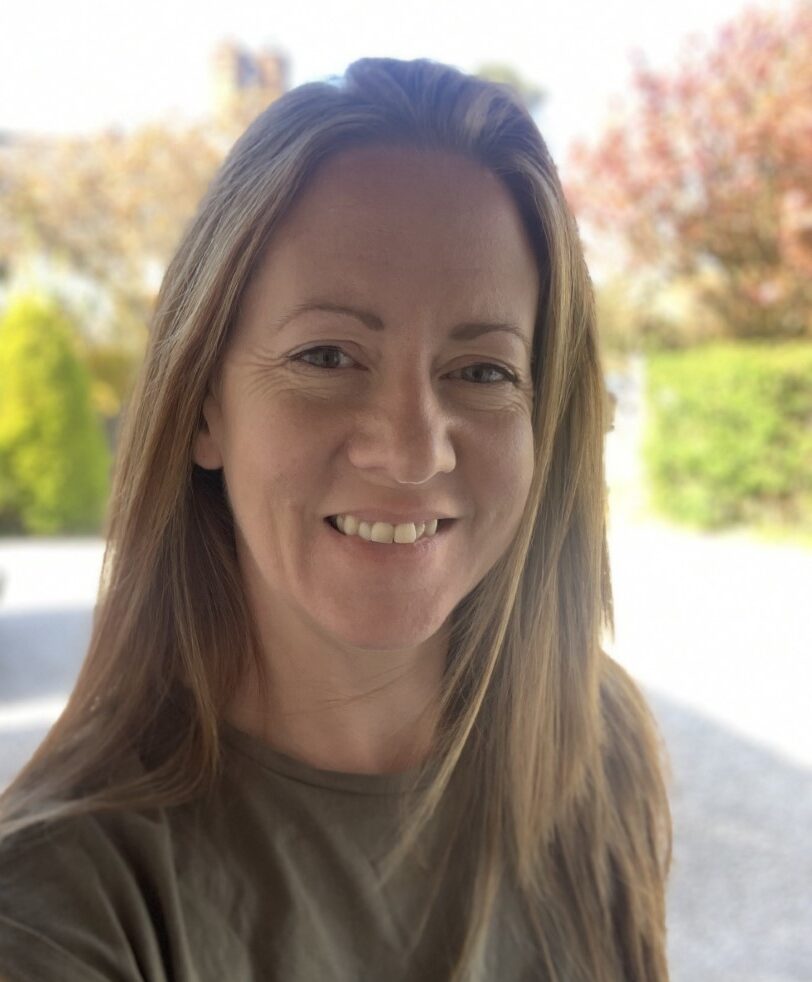
In this latest blog, Jill Jones, National Marketing Manager at Foster Wales, shares her experiences and why she believes fostering is so important.
I grew up in a family with my mum, dad and sister. We were your typical nuclear family. My parents were always there for me. We lived in the same house for most of my childhood (in fact my parents still live there now). I also went to the same school, only making the one monumental move from primary to high school.
Together we enjoyed family holidays. I remember playing lots of board games, listening to music – I was happy. My parents encouraged me to do well in school and supported me to have hobbies. And when I ventured off to uni, they were my safety net.
In all honesty, I thought everyone had a childhood like this. The fact is that some children are not as lucky. And, at Foster Wales, I hear their stories every day.
what is fostering?
In its simplest definition, ‘fostering’ means to take care of a child without being their legal parent. This is usually a temporary measure and lasts for a limited time.
In reality, and in my experience, I’d visualise the words “limited time” like a stretchy piece of elastic, that can stretch a little longer or change with a “ping”. Furthermore, ‘temporary’ is not always the case, with some children coming for a weekend and then becoming part of the family.
I would also describe fostering as a chance to provide the childhood that I was lucky enough to have enjoyed, to children who have missed out on so much.
It’s also understanding the complicated behaviour that children have developed to protect themselves and survive the circumstances in which they were living. It’s accepting the children for who they are and the effects that neglect, abuse and all the things they’ve experienced and seen as children may have had.
It’s helping them to just be a child again and carefully lifting the responsibility and worries that fell on their young shoulders. And giving them all the opportunities and experiences they deserve, with someone they can trust to be in their corner.
Add to this, navigating the complex care system, social workers, relationships with birth families, and parenting (without being the parent). It’s being creative, trying new ideas and learning new techniques to help children, while managing the typical ups and downs of family life.
And despite all these challenges, ask any foster carer and they’ll tell you how much they LOVE fostering. In my 18 years in this field, I can confidently say that I’ve rarely met the stereotype often portrayed on TV of the uncaring foster carer who’s just in it for the money.
It’s not easy, but most foster carers I’ve met do ALL of this with a smile, a sense of humour, and the most welcoming down to earth family homes, where there’s always something cooking in the kitchen and a laid back ‘unfaze-ability’.
The foster care system is not perfect, and there are days when the challenge feels too much, but our children need stickability more than anything.
I know that stable loving foster carers change lives in so many ways, I’ve seen it with my own eyes.
But, sadly, not all children have the same positive experience of childhood and foster care that I know is possible.
That’s why I get up every day, play my part and do my best to make a difference, learning every day by listening to the foster carers and young people who have lived it.
Read more: What is fostering?
here are six common misconceptions about fostering… and the truth
Fostering is offering a safe place for children who need it, and more common than you might think. There are over 5,000 children in foster care right now in Wales and there are still many misconceptions about fostering out there.
The first misconception is that their parents are “bad” people or the children are “naughty”.
In many cases, but not all, the parents have had a difficult childhood too. This is challenging because they might not realise that the way they are parenting their children is due to the fact they faced something similar themselves. Sometimes our work with families is multi-layered and multi-generational.
As for the children being “naughty”, most people won’t realise the complex challenges our children have faced every single day of their young lives. Our children are going through a much different situation to most other children their age. They are worrying about things that some adults may have never even faced. There’s a short poem called “cause I ain’t got a pencil” that sums this up for me.

The second misconception is that social workers just swoop in and remove children.
The fact is, if a neighbour or school has concerns, they contact us (social services or “the social”) and we reach out to find out what’s going on and to help. Most social workers come into this role to help families, and they’re not the stereotypical role you see on TV either.
For most families, it’s often a complex web of problems and we can offer parents and families all kinds of support. We look to their wider friends and family for support too.
Only in the most challenging times, we make the difficult decision to ask the courts to bring children into care, to give parents a chance to focus on making things better, and to protect children from further harm.
Here’s the third misconception. It’s not the social worker’s decision.
They present the case to a judge, who will make the decision. Only the police decide to remove children if there is an immediate risk.
So, what happens next? This is probably the next big misconception, misconception four. Our ultimate goal is for children to return to their parents or family, and for their family home to be safe and stable enough to return to. This is often what children want and, if that’s best for them, that’s what we want too.
But, this can take time. Some of the complex issues can’t be fixed overnight and may involve parents taking a few steps forward and a few steps back to overcome addiction, relationship choices, and improve their own health or mental health to be in a good place.
So, for the next six months or so, and while the court process continues, we focus on giving that child stability and safety within a foster home while still working with parents and keeping those relationships connected, with the hope of the child returning home.
Misconception number five is that most people don’t realise that most children will still see their parents and family while they are in foster care. These are important relationships, even if they can’t live together. The children might worry about their parents and want to see them.
So, in most cases, we arrange regular times for them to meet up. Sadly, sometimes the planned meet-up doesn’t happen and children are disappointed. Sometimes when it does happen, it’s not a positive experience and children’s behaviour reverts back to previous issues. Whatever happens, the foster carers are there to pick up the pieces again.
A sixth misconception is that the children should be “grateful” to their foster families for “taking them in”. Perhaps, maybe, when a young person is in their 20s they may look back and appreciate everything you did for them as a child, but not at the time. There are a lot bigger feelings and emotions going on.
Your family life may feel completely alien to some of our children.

how does fostering work?
It takes time for parents to make huge changes in their life, but a child can’t keep asking day after day “am I staying here?” or “when am I going home?”.
They need an answer.
When enough information is gathered, evidence is presented to court. We ask a judge to decide if the parents’ situation has changed enough, is it good enough, is it safe to go home?
is it safe to go home?
Sometimes the answer is yes. And that’s wonderful to see. A single dad stepping up to care for his child. A mum putting her children first. It’s what children want. That’s what we want.
But often we see that children aren’t at the top of their parent’s priority list. Other things take over, like drugs, alcohol, crime, violence, and dysfunctional relationships. That might sound stereotypical, but those are some of the most common reasons. Every child’s story is uniquely different.
We also see parents who very much love their children but, even with all the help on offer, they simply don’t have the capacity to be a consistently, reliable, safe place for a child.
It is very sad to see and a difficult decision to make. The question that helps us to make that decision is:
“What’s best for the child?”
That guides everything we do.
what’s best for the child?
We ask lots of questions:
- What do they need?
- Which foster family can provide that best?
- Would adoption or long-term fostering be best?
- Who can see them through to adulthood?
- Who can stick with them on their journey without moving from place to place?
- Who can accept them for the individual they are?
- Who can keep them connected to their community, school, friends and family best and accept every important relationship that comes with them?
We know these children and we don’t make these decisions lightly. We want the best for them.
Just because they can’t live with their family, doesn’t mean that relationship has to end. If there are positives and love there, they can continue to be connected – just not living under the same roof. We want to give parents a chance to be a positive person in their children’s lives, now and in the future.
Meanwhile, the children get to experience being part of a loving, caring home with consistent schooling, healthy meals, encouragement, praise and fun with their foster family who give them the family life that they may have never known.
a better future
We believe in giving children a better future. Not just for themselves but also if, and when they become parents themselves one day.
We want what’s best for our children. We believe that is staying connected, finding the right foster carer for them, and offering local support. And, importantly, for foster carers to be part of the same organisation that knows the child and makes decisions with the child’s best interests in mind.
- By fostering with us, your local authority, you can help children to stay local.
- By fostering directly with us, a not-for-profit organisation, you can help ensure all funding is kept in the local area to offer support to local families.
- By fostering with us, a collaboration of local government organisations, we can work together with the power to make positive changes to the system and create a better future for our children.
the next step
The next step is simply to find out more. No pressure.
We love to talk about fostering. There are lots of myths about fostering, about who can foster. There’s more flexibility than you think too, with different types of fostering available. We are looking for someone who can offer a child a loving family life with safety and stability.
We’d love to find out what you or your family have to offer. You can contact us in lots of ways – send us an email, fill in a form or give us a call. Find your local authority.
Honestly, when I have chat with someone who could potentially change a child’s life, it makes my day.

